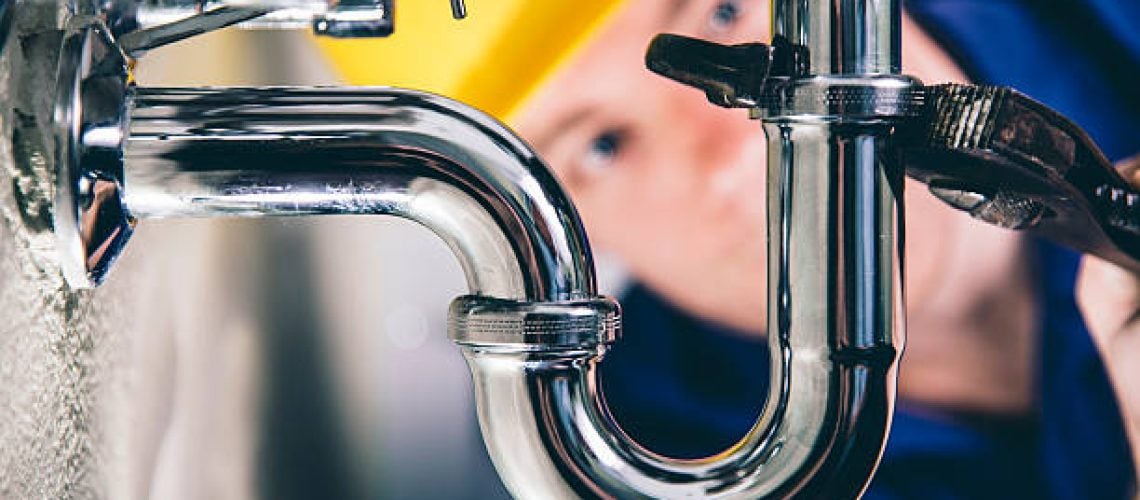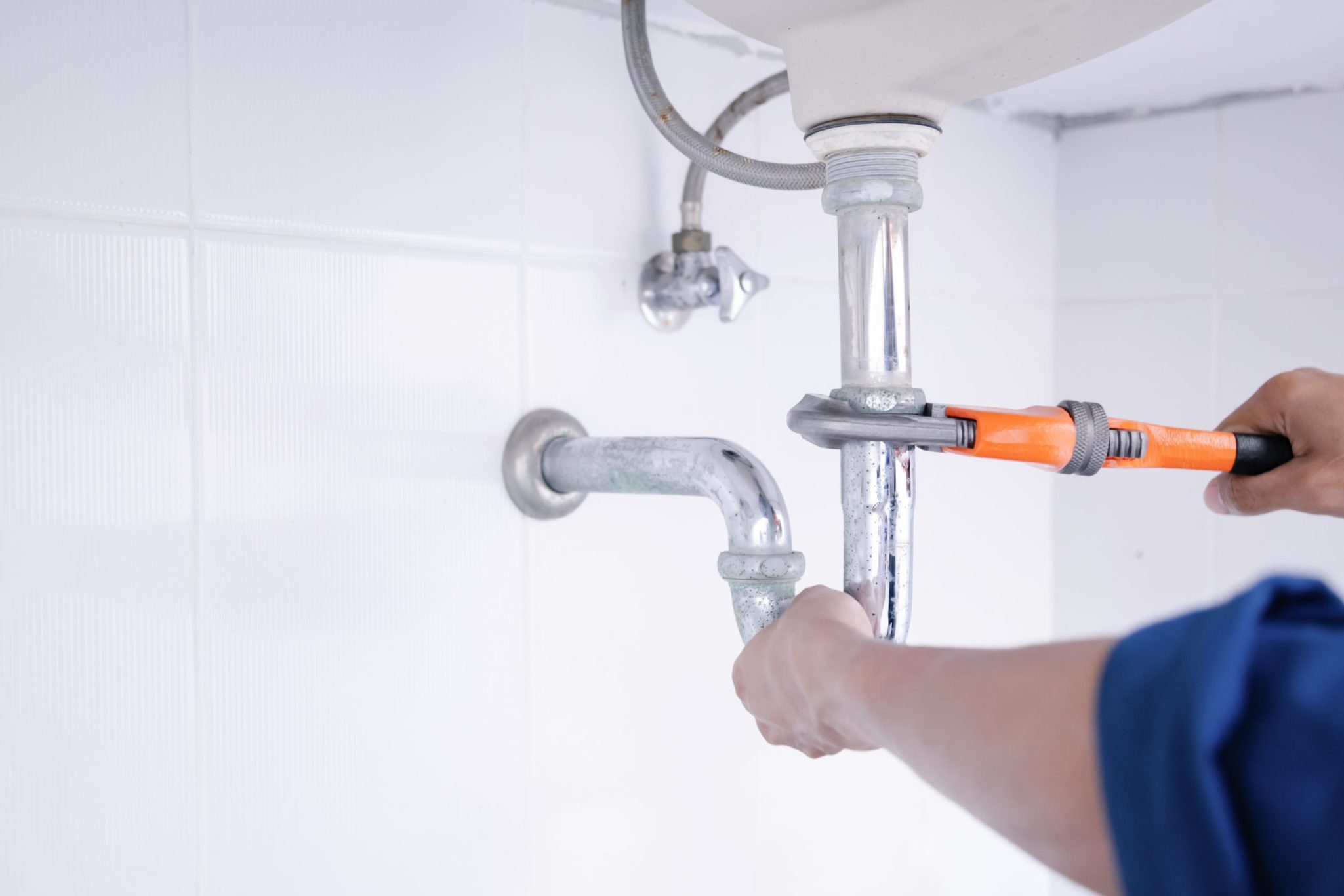Untangling the Core Concepts of Home Plumbing: A Beginner's Overview
Untangling the Core Concepts of Home Plumbing: A Beginner's Overview
Blog Article
We've stumbled on this great article about Plumbing Basics For Every Home: The HomeTriangle Guide below on the net and decided it made good sense to write about it with you over here.

Plumbing is an important element of any home, responsible for providing tidy water for drinking, food preparation, and showering, as well as removing wastewater safely. Recognizing the basics of home plumbing is vital for every single property owner to make sure correct maintenance, troubleshooting, and, if required, repair services. In this newbie's guide, we'll cover the essential ideas of home plumbing to assist you become a lot more knowledgeable about exactly how it functions.
Water Heater
The water heater is accountable for heating water for residential use, consisting of bathing, cooking, and cleaning. Common sorts of hot water heater consist of tank-type water heaters, tankless (on-demand) hot water heater, and heatpump hot water heater. The water heater is connected to the supply of water system and supplies warm water to plumbing fixtures as needed.
Drain System
The drain system eliminates wastewater from your home and carries it away to a sewage therapy center or septic tank. It contains a network of pipelines, installations, and components that move wastewater from plumbing components to the major sewage system line or sewage-disposal tank. Correct water drainage is essential to stop obstructions, backups, and sewer leakages.
Air flow System
The air flow system assists preserve proper air pressure and prevent sewer gases from entering your home. Air vent pipelines, likewise referred to as vent heaps, prolong from plumbing components to the roof covering, permitting drain gases to get away safely outdoors. Air flow pipelines likewise enable air to enter the drainage system, promoting smooth wastewater circulation and avoiding suction or vacuum effects.
Water Supply System
The water supply system brings clean water right into your home from a community water source or an exclusive well. It contains a primary water line that connects to your home's plumbing system, generally located underground. A water meter determines the quantity of water eaten, while a shut-off shutoff allows you to regulate the circulation of water into your home.
Plumbing Fixtures
Plumbing components are devices that supply water to different parts of your home and include sinks, taps, commodes, showers, bath tubs, and home appliances such as dishwashing machines and washing machines. Each fixture is attached to the supply of water system using pipelines and fittings and may have its shut-off shutoff for upkeep or emergencies.
Typical Plumbing Devices
Having the right devices on hand is essential for executing fundamental plumbing repair services and upkeep jobs. Common plumbing devices consist of flexible wrenches, pipe wrenches, pliers, pipeline cutters, hacksaws, plungers, augers (or drainpipe serpents), and Teflon tape. Having these tools easily offered can help you take on small plumbing issues effectively.
Standard Plumbing Repair Work
While some plumbing repairs may require expert aid, several typical concerns can be attended to with standard DIY methods. Discovering exactly how to deal with a leaky faucet, unblock a drainpipe, replace a bathroom flapper, or repair a leaking showerhead can conserve you money and time on plumbing fixings.
Conclusion
Understanding the fundamentals of home plumbing is essential for every house owner to preserve a secure, useful, and reliable plumbing system. By acquainting on your own with the water supply system, plumbing fixtures, drainage system, air flow system, usual plumbing devices, and standard repairs, you can confidently address minor plumbing issues and ensure your home's plumbing system runs efficiently.
Plumbing for Beginners: A Comprehensive Guide
If you’re a beginner when it comes to plumbing, don’t worry; you’re not alone. Plumbing may seem intimidating, but with the right knowledge and a little practice, you can handle many common plumbing issues on your own. In this comprehensive guide, we will demystify the world of plumbing for beginners, providing you with the basic knowledge and skills needed to tackle common plumbing problems and even take on some DIY plumbing projects.
The Importance of Basic Plumbing Knowledge for Beginners:
First and foremost, basic plumbing knowledge gives you a solid foundation. It helps you grasp the key concepts and terminology that are essential in this field. By learning the basics, you’ll be able to build upon that knowledge and tackle more complex plumbing tasks in the future.
Having a basic understanding of plumbing also enables you to handle common issues that may arise in your home. Picture this: a leaky faucet or a clogged drain. With some basic plumbing knowledge, you’ll have the confidence to troubleshoot and fix these problems on your own. It saves you from unnecessary expenses and the hassle of waiting for a professional to arrive.
As a beginner, learning the basics of plumbing empowers you to take care of your own home. It gives you a sense of independence and self-reliance. You’ll no longer have to rely solely on professionals for every small issue that pops up. Instead, you can handle many tasks yourself, saving time and money in the process.
Remember, everyone starts as a beginner. Embrace the learning process and take small steps to expand your plumbing knowledge. There are plenty of online resources, tutorials, and even local workshops that talk about plumbing for beginners.
Essential Tools for Plumbing for Beginners
As you start your plumbing journey, having the right tools in your toolbox is crucial. Let’s explore some of the must-have tools:
Adjustable Wrench:
This versatile tool is a staple in any plumber’s toolbox. It allows you to tighten or loosen nuts and bolts of various sizes. Make sure to have an adjustable wrench with a comfortable grip.
Pipe Wrench:
A pipe wrench is specifically designed for gripping and turning pipes. It has serrated jaws that provide a strong grip, making it easier to loosen or tighten threaded pipes and fittings.
Plunger:
The plunger is a simple yet effective tool for clearing clogged drains and toilets. It creates suction when you push and pull, helping to dislodge blockages. Keep a good-quality plunger handy for those unexpected clogs.
Pipe Cutter:
When it comes to cutting pipes, a pipe cutter is your go-to tool. It creates clean, precise cuts without damaging the pipe. Look for a pipe cutter that can handle the pipe sizes you’re working with.
Hacksaw:
A hacksaw is useful for cutting through pipes, screws, and other materials. It’s a versatile tool that can handle different cutting tasks. Remember to use a blade suitable for cutting metal.
Tape Measure:
Accurate measurements are crucial in plumbing. A tape measure allows you to measure pipe lengths, distances, and dimensions accurately. Opt for a sturdy tape measure that extends a good length.
Pliers:
Pliers come in handy for various tasks, such as gripping, bending, and cutting. Slip-joint pliers with adjustable jaws are great for gripping pipes, nuts, and bolts.

I found that post about Plumbing basics: How your home plumbing works while looking around the web. Sharing is good. Helping others is fun. Thanks for your time. Come back soon.
Set Up An Appointment Report this page